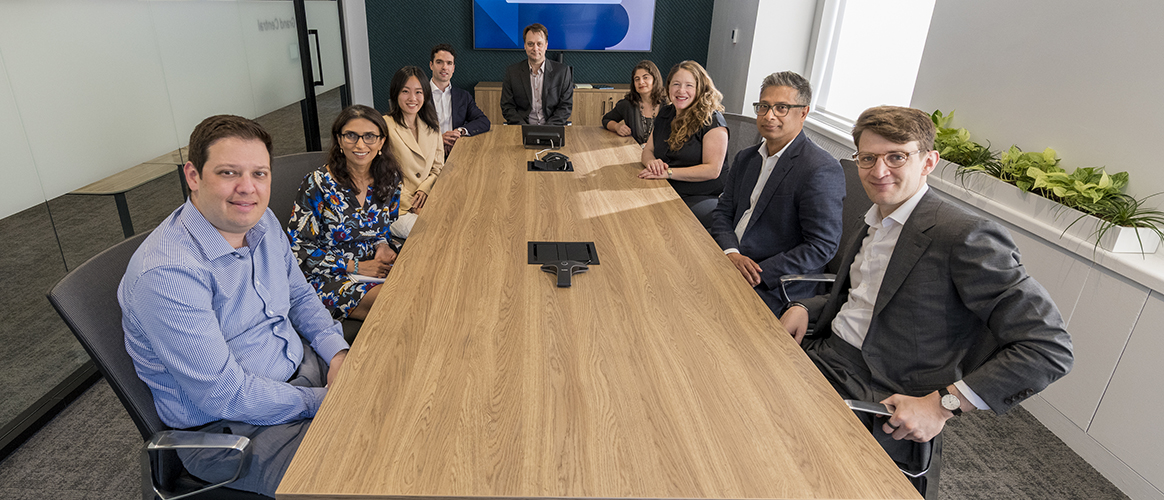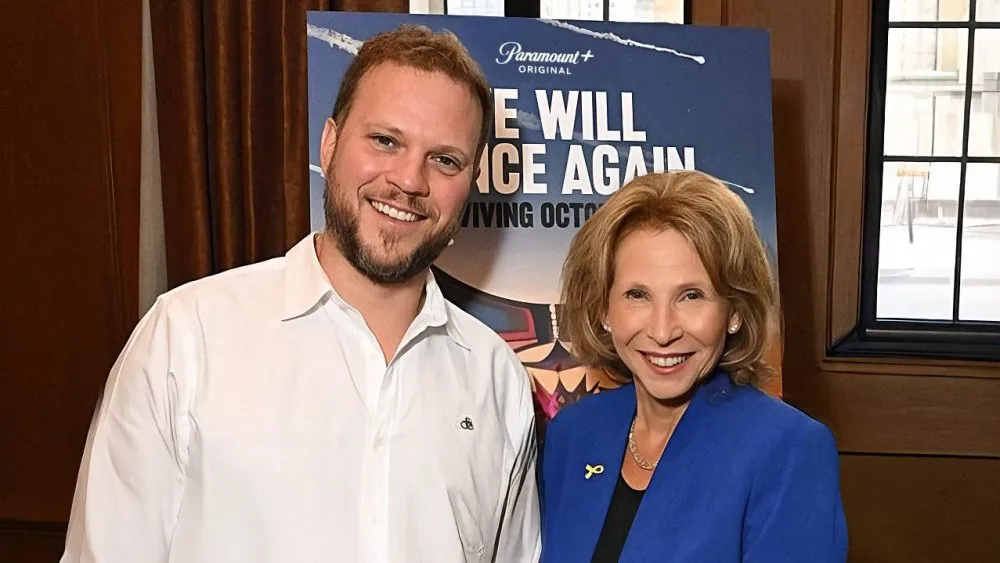By Amy Carroll
Copyright responsible-investor

Navigating the backlash against ESG
Have you seen a shift in what investors are looking for through this period of ESG backlash?
Bhavika Vyas: We manage several bespoke separate accounts and we actually see a great deal of consistency in what those clients are looking for when it comes to climate. There are clients that don’t want to do grey to green if there is too much grey, for example, so those are things that we have to be mindful of in our commingled pools. We are seeing quite a bit to do though, and our investment decisions are commercial first.
Marina Severinovsky: I think there is more openness to the concept of grey-to-green transition investing today. Investors are recognising this is where it’s possible to have the greatest impact. Of course, there is still some scepticism, but in general I think people are now more willing to entertain this narrative.
How are investors viewing investment opportunities, in general, in light of climate risk?
Marina Severinovsky: Investors think about climate risk through a number of different lenses. First, there is the issue of stranded assets and the need to reduce exposure to things that might devalue in the future. A lot of our investments are very long term, so this is really important.
“We can talk about climate-related investment opportunities almost entirely without mentioning climate change”
Marina Severinovsky,
Then there is the need to be an early mover in identifying a company’s capabilities around physical climate risk, in order to pick winners and protect downside risks, as well as the opportunity to engage with companies and to support them in their adaptation and resilience endeavours. The influence you have tends to be higher when you are talking about emerging markets or moving further down the cap scale. We have really strong relationships with our small-cap companies, for example, and with companies in our emerging equities business.
These are topics that our investors can be focused on, looking for businesses that do everything from early warning systems, to water resource management and resilient building materials. These all constitute investment opportunities.
Finally, I would highlight insurance as a climate-related investment opportunity. Our impact investment arm, BlueOrchard, has a distinctive private equity adaptation-focused climate insurance strategy, investing in insurance companies and distributors, together with enabling technology and financial intermediaries. The first two fundraises with that strategy involved catastrophe insurance and crop insurance. For the third fundraising, we are going to be looking at health insurance as well. This is about extending insurance to places where it hasn’t previously existed, to create more resilience.
What’s interesting is that we can talk about this investment opportunity almost entirely without mentioning climate change. You can focus on the fact that these are fast-growing companies meeting a very real market demand. Right now, I believe we are the only private equity fund focusing on this sort of insurance resilience concept and it definitely feels like an area of opportunity that we can feel good about.
Amanda Feldman: We think about the Just Transition investment opportunity from an asset allocation standpoint in terms of how we can reduce carbon emissions while meeting the demands for access to food, shelter and energy required by a growing population.
The second objective involves grey to green – the opportunity to support transition solutions and decarbonise high-emission sectors. That is not for every allocator, but more and more are moving in that direction. Again, we see opportunities across sectors, including agriculture, food, the built environment and transportation.
The third area of opportunity involves climate change adaptation and resilience for all, and in particular for vulnerable communities. This is about making sure those most affected by climate change are given the tools to become more resilient. Those are the three ways in which we categorise the overall opportunity set. For some investors, all three are interesting. For others, there is more of a focus on one than the others.
Colin Etnire: The problem with those grey-to-green transition opportunities is that there is so much capital chasing them. As a buyout firm without a specific transition mandate, we are unlikely to compete with transition funds for an impact-orientated asset.
“The problem with grey-to-green transition opportunities is that there is so much capital chasing them”
Colin Etnire,
BC Partners
Having said that, we do see opportunities to create value by repositioning assets towards transition. For example, we own a waste management business in North America. We have pursued a whole range of initiatives there from recycling to gas capture and natural gas conversion. All of a sudden, that becomes a much more interesting proposition for investors than a company that just picks up your trash. The cost of capital goes down when you pivot your assets.
Bhavika Vyas: We are increasingly favouring B2B models over B2C models, moving away from meat substitutes and sustainable fabrics, for example, and focusing more on things like sustainable plastics.
Nishesh Kumar: I would agree that there are some very interesting ideas being developed in the B2B space. Data centres, for example, consume a huge amount of water, but there are really good businesses that are coming up with proprietary technologies for cooling to minimise water consumption. These companies are strengthening their clients’ assets by providing these solutions and have long runways to success.
Jeff Cohen: For listed companies, Bloomberg has capabilities where it captures if companies identify whether they believe they face physical climate risks, and highlight if they are taking steps to address the risk. There are companies that identify if they are facing risks but do not disclose that they are addressing these risks. That scenario is an opportunity for engagement.
There is no guarantee that those companies will choose to engage. The quality of the engagement, if successful in prompting a discussion, depends on the person you manage to talk to – and what department they are in and their level of climate expertise.



